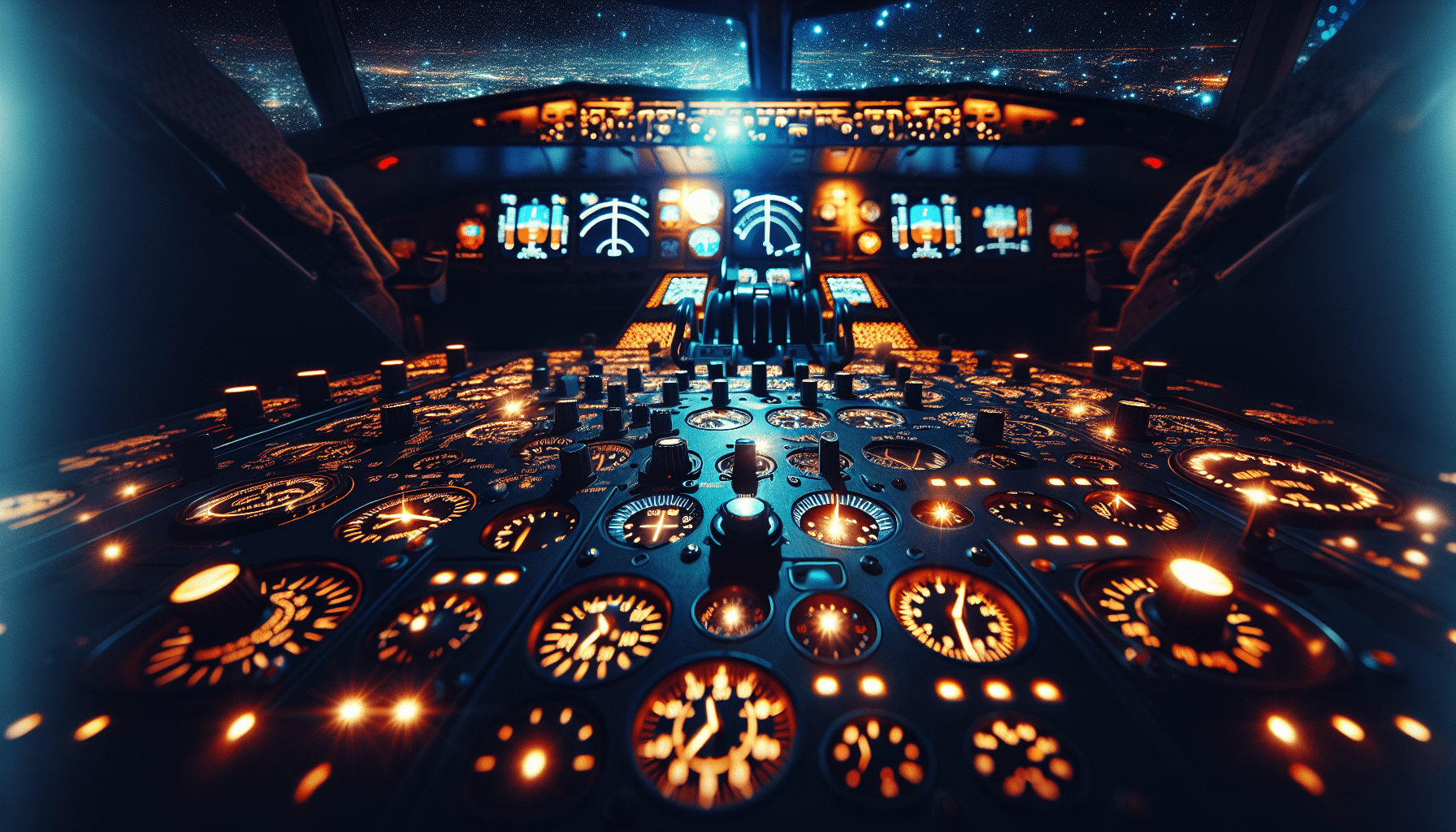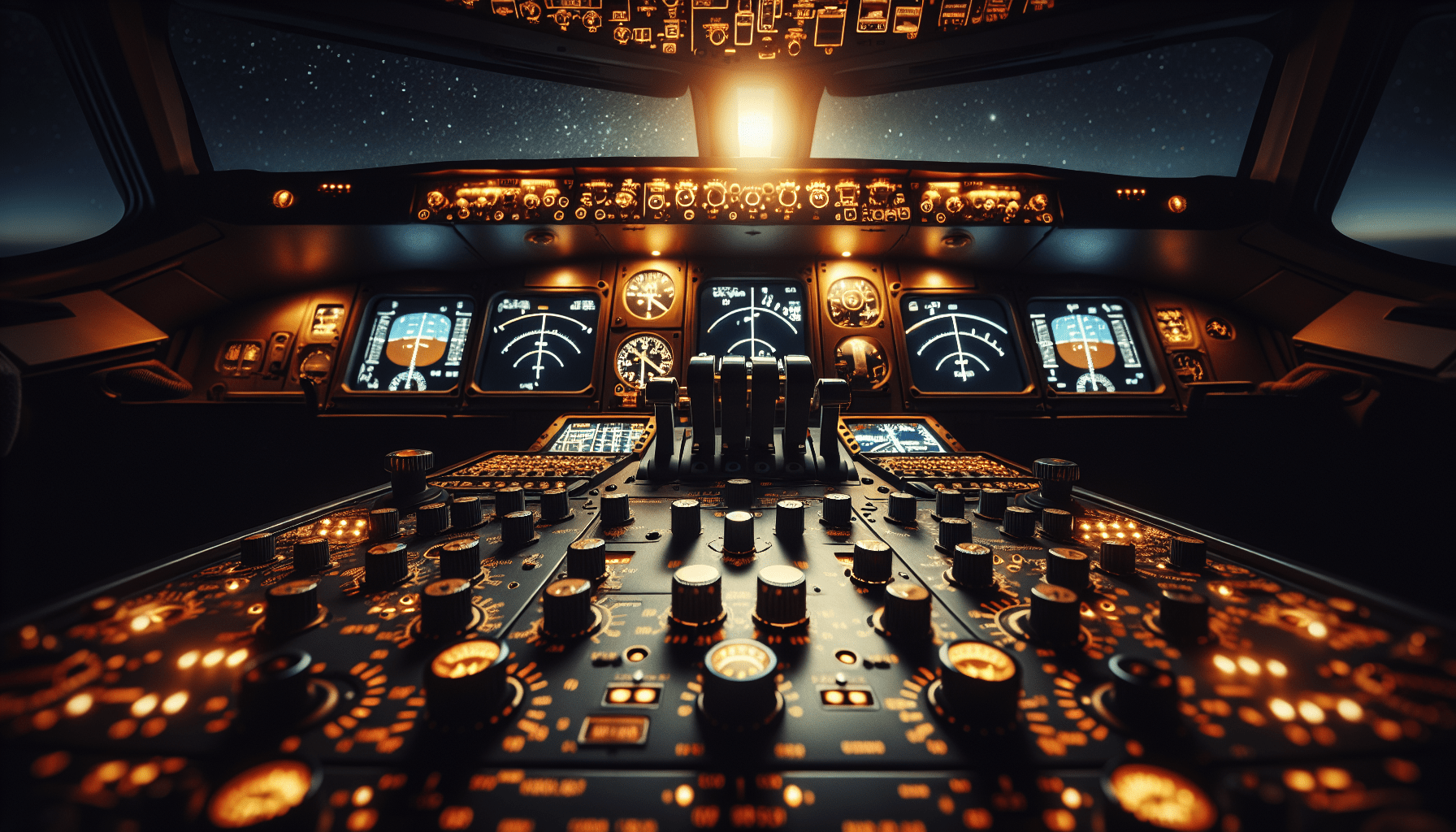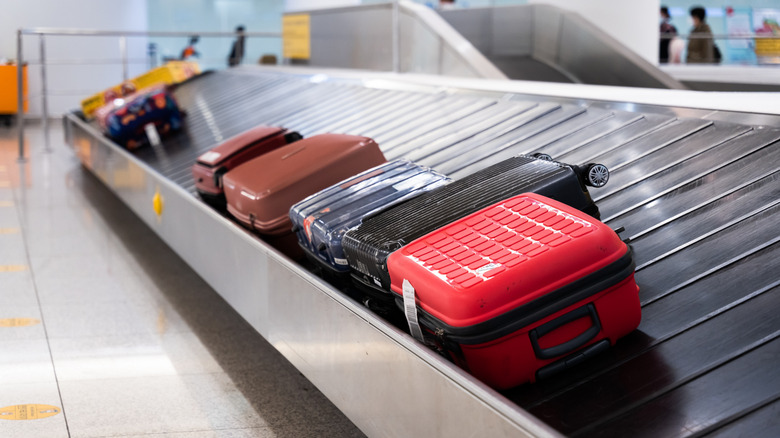18pack Travel Bottles for Toiletries,TSA Approved Silicone Travel size Containers for Toiletries,Leak Proof Refillable Liqus Shampoo And Conditioner Travel Essentials toiletry Bottles
$9.99 (as of April 6, 2025 11:38 GMT +00:00 - More info)Experience the feeling of turbulence from a pilot’s perspective through a captivating TikTok video. This video, created by British media firm Unilad, takes viewers inside the cockpit as the plane encounters rough weather conditions. The video shows the plane shaking unsteadily as it passes through a body of clouds, surprising many viewers who had never considered the connection between turbulence and clouds. The TikTok has generated over 348,000 likes and sparked a discussion among viewers about the causes and dangers of turbulence. Find out more about what really causes turbulence and how airlines and pilots work to avoid it in this fascinating article.
What Turbulence Really Looks Like From a Pilot’s Perspective
Have you ever wondered what it looks like from the pilot’s point of view when an aircraft begins to experience turbulence? A popular TikTok video has now answered this question and provided valuable insight into what pilots see and experience during these rough conditions. The TikTok video, made by Unilad, a British media firm with millions of followers, shows a scene from inside the cockpit of a plane as it approaches a body of clouds. As the aircraft passes through the clouds, it suddenly begins to shake unsteadily, showcasing the power and suddenness of turbulence. This video has generated over 348,000 likes and inspired more than 1,400 comments from viewers who were astonished by what they saw.
Shop These Accessories for a Comfortable Trip
Viewer Reactions and Questions
The TikTok video sparked a range of reactions and questions from viewers. Many people expressed surprise that something as simple as clouds could be the cause of turbulence. Comments such as “I had no idea turbulence meant we were flying through a cloud” and “What’s up with clouds?” reflect the astonishment of viewers who had never considered the connection between clouds and turbulence before. Some viewers even questioned whether there might be other objects or planes inside the clouds that the aircraft could potentially collide with.
Surprise at the Role of Clouds
The video revealed to viewers that clouds play a significant role in causing turbulence. This newfound knowledge shook many viewers, as they had unknowingly taken clouds for granted during their flights. The TikTok video made them realize that clouds are not just fluffy, innocuous formations in the sky, but rather indicators of turbulent conditions.

Shop These Accessories for a Comfortable Trip
Questioning the Pilot’s Visibility
One common concern raised by viewers was the pilot’s ability to see through the clouds during turbulence. Comments like “Turbulence = the pilot CAN’T SEE!!” expressed genuine alarm at the perceived lack of visibility for pilots in such situations. Viewers questioned why pilots couldn’t simply maneuver around the clouds to avoid turbulence.
Explaining the Difficulty of Avoiding Clouds
In response to viewer queries, it’s important to understand the challenges pilots face when avoiding clouds. While it may seem logical to fly above or around clouds to steer clear of turbulence, it’s not always a feasible option. Other formations or weather systems may impede the planned flight path, and pilots must navigate around these obstacles while adhering to air traffic control instructions. It’s crucial to consult with air traffic control before making any deviations from the original flight plan, even if it means going slightly higher or lower to avoid turbulent conditions.

Understanding Turbulence and Clouds
To grasp the connection between turbulence and clouds, it’s necessary to understand the nature of turbulence itself. Turbulence occurs when there is a sudden change in airflow, leading to disturbances in the atmosphere. Clouds often signal these turbulent conditions, but they are not the direct cause. It is the shift in airflow and subsequent changes in air pressure that create the bumpy ride passengers experience during turbulence.
Role of Weather Forecasting in Avoiding Turbulence
Airlines and pilots rely heavily on weather forecasting to minimize encounters with turbulence. Delta Airlines, for example, has meteorologists stationed at their Operations and Customer Center in Atlanta, where they analyze weather patterns and flight conditions to determine the safest and smoothest routes for each flight. By monitoring forecasts and potential areas of turbulence, airlines can adjust flight plans in advance to avoid these rough patches. Moreover, passengers also have the opportunity to check turbulence forecasts before their flights, giving them an idea of what to expect.
Tips for Passengers to Minimize Turbulence
If you find the idea of turbulence unsettling, there are a few tips you can follow as a passenger to minimize its effects. Firstly, consider booking flights during times of the day when turbulence is less likely, such as early mornings or late evenings. Smooth air is more prevalent during these periods. Additionally, opt for seats closer to the center of the aircraft, as they tend to experience fewer motion disturbances. Finally, remember that turbulence is a normal part of air travel and poses no threat to the safety of the plane. It may be uncomfortable, but seasoned pilots are trained to handle these conditions safely.
In conclusion, the TikTok video provided a unique perspective on turbulence from a pilot’s point of view. Clouds, while not the direct cause of turbulence, serve as indicators of unstable airflow. Weather forecasting plays a critical role in helping pilots avoid these turbulent conditions, but it is not always possible to circumvent clouds or other obstacles in the sky. By understanding the connection between turbulence, clouds, and weather forecasting, passengers can gain a better sense of what to expect during their flights and minimize anxiety associated with turbulence.
Shop These Accessories for a Comfortable Trip






